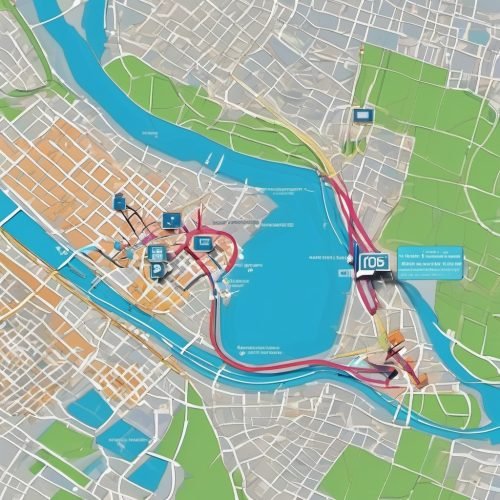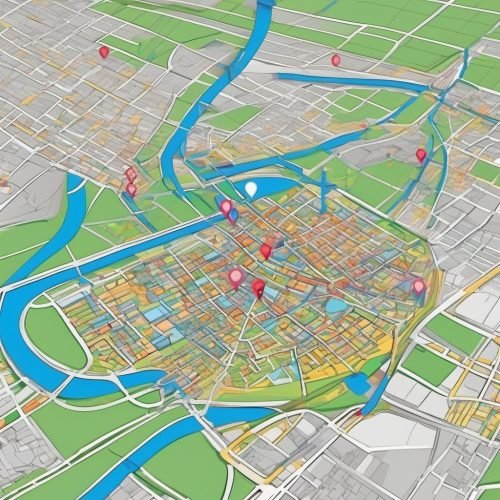The difference between RTK and GPS

1. Different definitions
2. Different Basic Principles
RTK
The base station is built on a known or unknown point; the satellite signal received by the base station is sent to the user in real time through the wireless communication network; the user receiver jointly calculates the received satellite signal and the received base station signal in real time to obtain Obtain the coordinate increment between the base station and the rover station, the distance between stations is 30 kilometers, and the plane accuracy is 1–2 centimeters;


3. Different Role
RTK
RTK is to send the carrier phase collected by the base station to the user’s receiver for difference calculation and coordinate calculation. Its appearance brings new measurement principles and methods for engineering stakeout, topographic mapping, and various control measurements, which greatly improves improved work efficiency; GPS is a comprehensive, all-weather, all-time, high-precision satellite navigation system developed and established by the US Department of Defense. It can provide low-cost, high-precision three-dimensional position, speed and precise timing navigation information for global users. It has greatly improved the informatization level of the earth society and strongly promoted the development of the digital economy. The satellite signal transmitted by the GPS satellite is composed of carrier, ranging code and navigation message. The carrier and ranging code are used to measure the distance between the satellite and the user receiver. The navigation message contains information such as satellite ephemeris and clock difference. Due to the large symbol width of the ranging code, the ranging accuracy of the ranging code is not high. This measurement method is called the ranging code, the accuracy of carrier phase measurement is much higher than that of pseudo-range law.
Every centimetercounts, especially in industries like surveying, agriculture, construction, drones, autonomous driving, and more, where precision is the cornerstone of success.
We empowers you with the most robust and accurate GNSS correction data available. Welcome to the future of accurate weather and RTK technology.
If you want you can join us by:-

